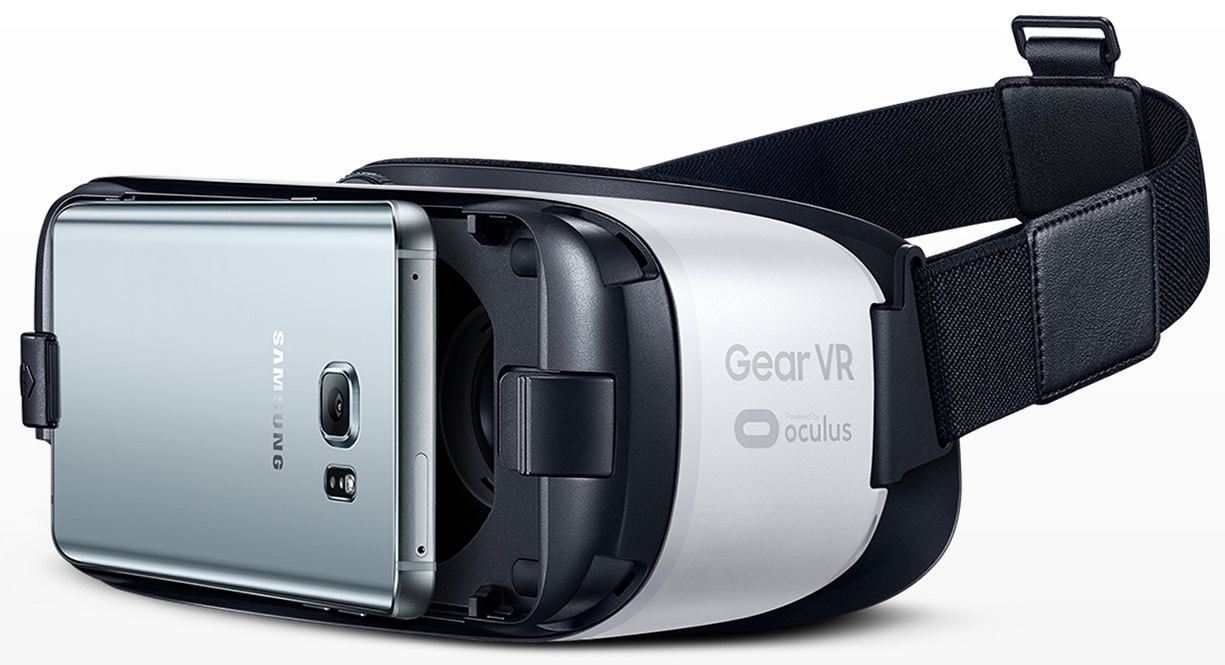I was in Shenzhen, China last week at the first CE China trade show, produced by IFA, the German company that also produces the giant IFA trade show in Berlin each September. Shenzhen, which has a population of over 10 million people, is about an hour’s drive from Hong Kong and just over the border in mainland China.The city is best known as the place that Foxconn and other factories build consumer products, including Apple’s iPhone and iPad and is often called the “Silicon Valley” of China.
I wanted to attend the IFA CE Show specifically to see how the Chinese were going to apply their manufacturing magic to VR headsets and if they could both bring prices down and new VR headsets out that had broader appeal to mass consumer audiences anytime soon. What I found is the Chinese have really gone to town on making better Google Cardboard headsets which you can put your smartphone into and use it to power VR games, videos and images.
Most are made of solid plastic, have simple optics and cost anywhere from $23.95 to $129.95 depending on the quality of the optics in the goggles. The main name brands are the Samsung Gear and Zeiss VR One along with dozens of lower end models too. You can find many of them on Amazon and have them shipped to you directly from Shenzhen.
While that’s nice and it does allow people to use a better Google Cardboard concept as training wheels for VR, I was most interested to see if the Chinese manufacturers could help get the prices down on the more expensive headsets such as the ones from Facebook’s Oculus and HTC’s Vive. The Chinese manufacturers are well known to copy what they think will be big selling products and create similar models at cheaper prices when possible.
The Oculus today costs $599 and uses a PC plus a $300 graphics card. The HTC Vive is $899 and also needs a PC with an expensive graphics card to handle the rendering of the VR content.
As I expected, the Chinese manufacturers are hard at work creating similar headsets at cheaper prices. Behind the scenes, I was made aware of at least three VR headsets very much like the ones from Oculus and HTC that could be brought to market at least $200 to $300 cheaper. However, at the moment they too need a PC and graphics card to run them. I am told these lower cost versions of Oculus and HTC could be out for the next holiday season. However, it is unclear if they will be able to run Oculus’ VR content or Steam Engine’s VR content that works on the HTC Vive when shipped.
But the Chinese are not content with just creating cheaper versions of today’s high-end VR headsets. They want to innovate in this space and create VR glasses that look more like a set of actual glasses. One such product I saw at the IFA China CE show came from a company called Dlodlo (pronounced dodo).
I could not get any specific specs from Dlodlo executives abut the VR glasses and, given what I know about how much technology goes into VR headsets, I am skeptical Dlodlo will get this to market this year or even next.
Indeed, Mark Zuckerberg recently told Facebook developers that a VR headset design that looked more like glasses would be at least 10 years away. There needs to be many breakthroughs in moldable batteries and in making the chips required more adaptable, flexible, and powerful before we see the glasses of Zuckerberg’s vision.
Yet, the fact the Chinese are already being very aggressive in creating VR headsets that look more like traditional glasses has to be looked at seriously. This design is the Holy Grail of VR glasses and revolutionary work by Dlodlo and other Chinese manufacturers could push all headset vendors in this direction and possibly get less obnoxious and socially acceptable VR headsets that are more natural looking into the market within 3-5 years instead of 10 years out that Zuckerberg thinks will happen.
In fact, in discussions with many Chinese manufacturers at the IFA China CE Show, it became clear the Chinese want to deliver the technological breakthroughs needed to create VR headsets that are more like glasses and relatively inexpensive as soon as possible. Although this may take a few more years to achieve, the Chinese are in a place to be a major influence on what will be the VR glasses that eventually gain broad market acceptance. Even though some of these VR glasses may actually be designed outside of China, the innovation around manufacturing them and what they are learning now in trying to create VR glasses of their own designs will go a long way to getting socially acceptable VR glasses into the market much sooner that Mark Zuckerberg envisions.

Great post Thank you. I look forward to the continuation.